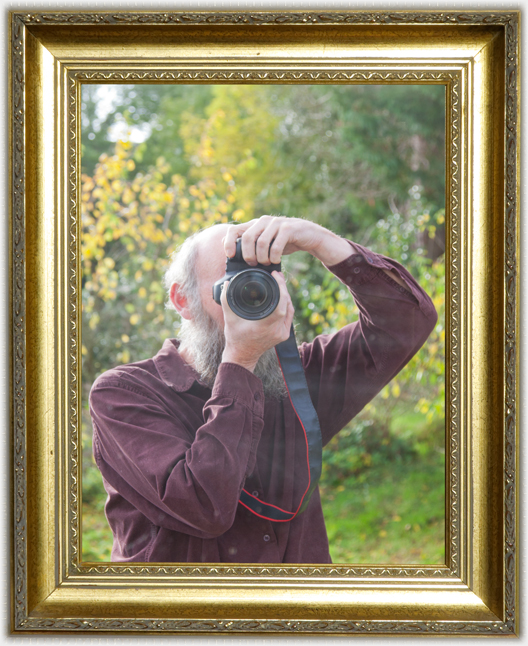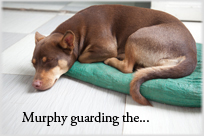
The Self
For my part, when I enter most intimately into what I call myself I always stumble on some particular perception or other, of heat or cold, ... I never can catch myself at any time without a perception, and never can observe any thing but the perception.
David Hume (1739)

...the unconscious brain constructs a conscious model of the external world, so it constructs a model of the self-as-agent in that world...the model of the self-as-agent comes after the event and is open to error.
Jeffrey Gray (2004)

We live out our lives in
conversation
 On the flow of internal speech which seems to become thought itself.
with ourselves. How could we seriously doubt this self? But Hume raises
such doubt.
On the flow of internal speech which seems to become thought itself.
with ourselves. How could we seriously doubt this self? But Hume raises
such doubt.
 Recent research has suggested that Hume's idea my have been influenced by Buddhist ideas.
A doubt echoed today in the work of
neuropsychologists.
Recent research has suggested that Hume's idea my have been influenced by Buddhist ideas.
A doubt echoed today in the work of
neuropsychologists.
 The description of Mirror Neurons has contributed to this debate.
The Reith lecturer Ramachandran, for example, argues that in evolutionary terms, we come to the sense of self only
after
The description of Mirror Neurons has contributed to this debate.
The Reith lecturer Ramachandran, for example, argues that in evolutionary terms, we come to the sense of self only
after
 Another line of argument notes that our language itself is complicit in the problem.
we have been able to perceive others. And
Gray
Another line of argument notes that our language itself is complicit in the problem.
we have been able to perceive others. And
Gray
 This is in his work on the Comparator Hypothesis of consciousness.
takes us further, locating in the brain the area which generates the concept of self. Both these writers, and many others, support their arguments with clinical evidence from those who have lost this supposedly essential construction. What are we to make of a concept of self which we cannot find on reflection, and are told is an evolutionary device specifically created by unconscious processes?
This is in his work on the Comparator Hypothesis of consciousness.
takes us further, locating in the brain the area which generates the concept of self. Both these writers, and many others, support their arguments with clinical evidence from those who have lost this supposedly essential construction. What are we to make of a concept of self which we cannot find on reflection, and are told is an evolutionary device specifically created by unconscious processes?
Hume’s major and revolutionary work A Treatise of Human Nature... rather astonishingly appeared when he was just 28 years old. The quote is from page 252 of the Oxford Selby-Bigge edition (1888). Vilayanur S. Ramachandran delivered the Reith Lectures in 2003, see also his essay The Neurology of Self-awareness at www.edge.org. Jeffrey Gray Ch 19 p 293 in his book Consciousness: creeping up on the hard problem (2006) Oxford.
The picture of the photographer was taken when he had had 67 years of 'self' identification.
Above hovering on blue introduces a link: click to go, move away to stay.

Saturday 10th August 2019
 ...guide to this site
...guide to this site